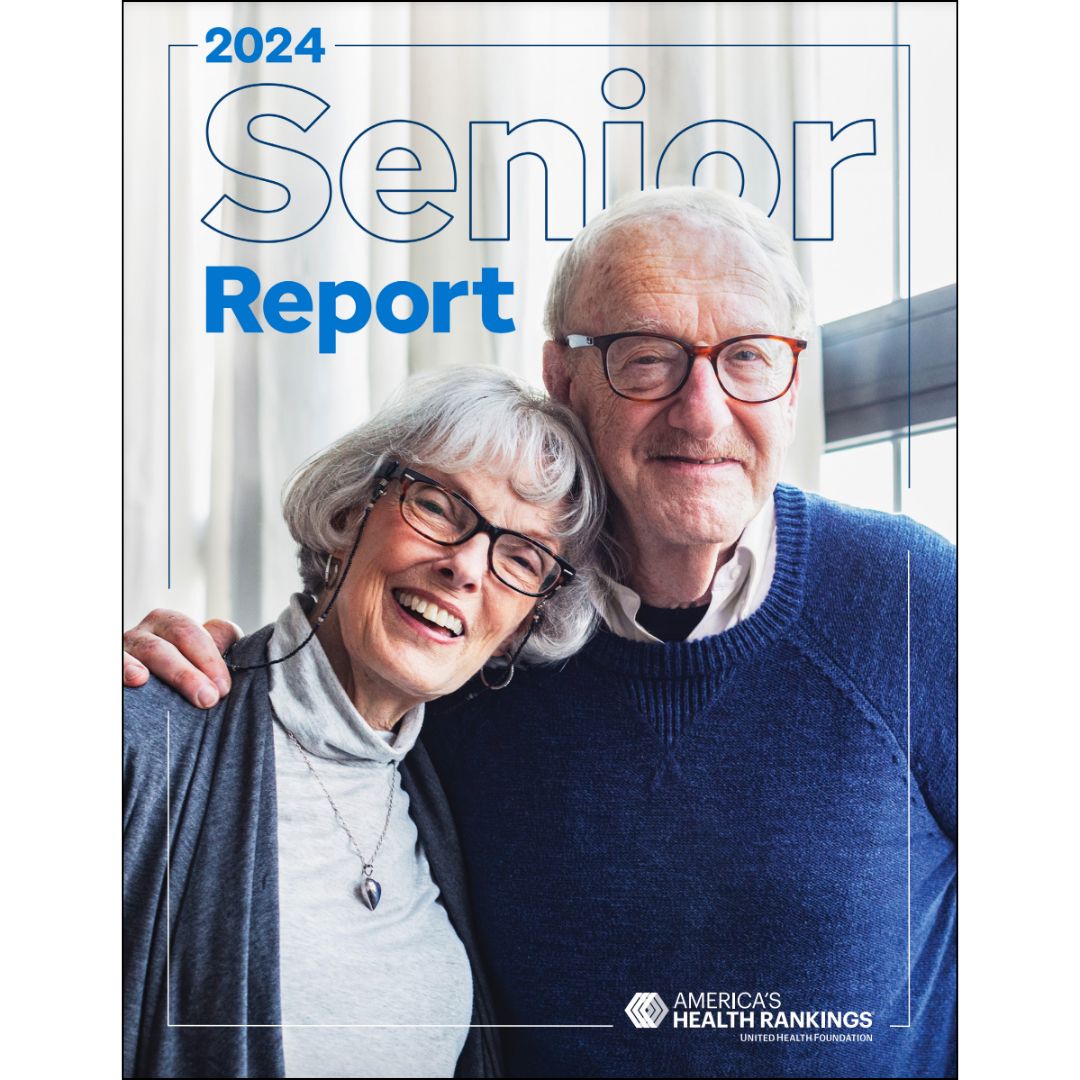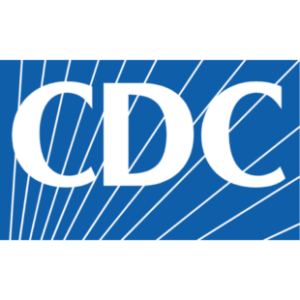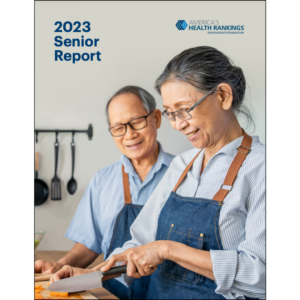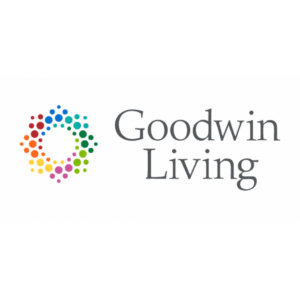New Report Sheds Light on Evolving Healthcare Needs of Seniors
The United Health Foundation has released the America’s Health Rankings 2024 Senior Report, which highlights healthcare needs and challenges of older adults. This annual report also examines factors like economic conditions and social connectedness, and the report includes some insights that are particularly valuable to senior care communities.
The report examines 52 health measures and uses 24 data sources to provide a detailed look at senior health across the country. Read on to discover key insights from the report and what it means for senior care communities.
Changes in Senior Health
 The report indicates that the early death rate among seniors fell by 8% from 2021 to 2022. While the early death rate remains higher than it was pre-pandemic, 55,700 fewer early deaths occurred in 2022 than in 2021.
The report indicates that the early death rate among seniors fell by 8% from 2021 to 2022. While the early death rate remains higher than it was pre-pandemic, 55,700 fewer early deaths occurred in 2022 than in 2021.
While the early death rate fell, the number of deaths in seniors due to drug injury, whether unintentional, suicide, homicide, or undetermined, increased 51% from 2017-2019 and 2020-2022.
Mental health issues have also increased. According to the report, depression among seniors increased by 6% from 2021 to 2022. Additionally, the percentage of seniors who reported they experienced frequent mental distress increased from 8.5% to 11% from 2021 to 2022. Currently, that rate is at the highest level in the history of the report. More than 5.5 million seniors experienced frequent mental distress between 2021 and 2022, which is defined as having 14 or more days of poor mental health in the past month.
These statistics highlight the importance of providing seniors with effective mental health support and care. Senior care communities can play a key role in supporting resident mental health, such as developing additional processes to monitor resident mental health so that residents can promptly receive support if they need it.
Changes in Social and Economic Factors
Recognizing the changing social and economic factors that seniors face can also help senior care communities better understand their changing needs. Many seniors face financial challenges. The poverty level among adults aged 65 and older increased 16% from 2019 to 2022. From 2021 to 2022, poverty increased by 6%.
Additionally, rising rental prices left seniors more vulnerable to economic hardship, especially as they transitioned into retirement. From 2019 to 2022, rental prices increased by an average of 2.6% per year. That increase in rental prices outpaced wage growth by 169%, meaning some seniors have trouble affording basic needs like health care and food. These statistics also highlight the need for affordable residential care options.
Events such as retirement and the loss of loved ones can put seniors at increased risk of experiencing social isolation. Social isolation risk factors include living in poverty, having a disability, having an independent living difficulty, living alone, and being divorced, separated, or widowed. Between 2011 to 2015 and 2018 to 2022, most risk factors, including independent living difficulty, being disables, and living alone, decreased. Other risk factors, like living in poverty or having never married, increased during that time. Being aware of each resident’s risk factors for social isolation can help senior care communities better identify potential isolation in residents and take steps to help them feel connected within the community.
Notably, there is currently a shortage in geriatric clinicians to meet the increased healthcare needs of the growing senior population. By 2030, there may be a shortage of as many as 5,000 geriatric clinicians.
High-speed internet can have a significant impact on senior wellness, helping with everything from facilitating social connections to reducing loneliness and allowing seniors to access telehealth services. The percentage of seniors with broadband internet and a computer, smartphone, or tablet has increased since 2016. From 2021 to 2022, that figure increased by 2%.
Understanding Senior Health
The report concludes by ranking the healthiest and least healthiest states for seniors. The top five healthiest states include:
- Utah
- Colorado
- Vermont
- New Hampshire
- Minnesota
The least healthy states, ranked from 50th to 46th, are:
- Mississippi
- Louisiana
- West Virginia
- Kentucky
- Oklahoma
In addition to this statewide data, the report’s analysis of different health metrics can help senior care communities better understand the needs and challenges of their residents. From developing improved ways to monitor resident mental health to taking steps to facilitate social connections for residents with social isolation risk factors, there are many ways that senior care communities can put this data to use.

Paige Cerulli is a contributing writer to i Advance Senior Care.
Related Articles
Topics: Featured Articles , Risk Management











